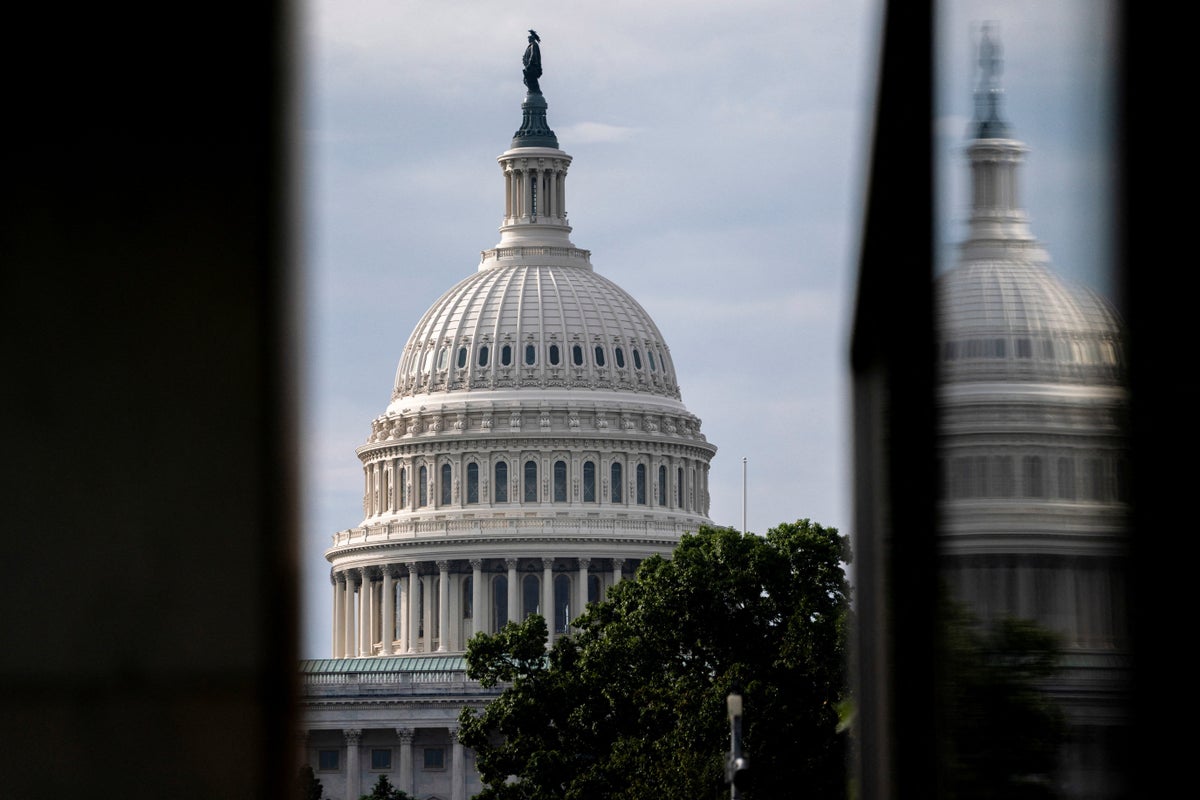The U.S. government is once again on the verge of a shutdown.
For the 21st time in the past 50 years, all federal agencies will run out of money at midnight on Tuesday — unless Congress acts to stop them.
The reason is that, while Republicans control both houses of Congress and the presidency, they still need 60 votes in the Senate to ram funding bills past a potential Democratic filibuster.
That means that as long as Democrats refuse to budge, Republicans must either offer them a compromise or abolish the filibuster. So far, neither has happened.
So what would a government shutdown actually mean for you and for the nation?
What is a government shutdown and how long will it continue?
The U.S. Constitution hands Congress the sole power of the purse. “No Money shall be drawn from the Treasury,” reads Article I, “but in Consequence of Appropriations made by Law.”
Under the Antideficiency Act, passed in 1884 and amended in 1950, the government is also prohibited from incurring expenses that Congress hasn’t already appropriated. The idea was to prevent federal departments from forcing Congress’s hand by deliberately blowing their entire budget early in the year, which used to happen frequently.
For a while, the U.S. government operated on the assumption that Congress couldn’t possibly have meant this to cover routine annual budgets. However, in 1980 and 1981, Jimmy Carter’s attorney general, Benjamin Civiletti, ruled that, in fact, it did — meaning all non-emergency work had to stop as soon as the funds ran out.
How long this lasts is anyone’s guess: the shortest shutdowns last only a day or a few hours. The longest was in 2018-19, during Trump’s first term, which lasted 34 days and wiped an estimated $6bn or more off the country’s economy.
Will federal workers be furloughed or fired?
Typically, non-emergency employees are furloughed, meaning they’re instructed not to report for work and are not paid during the shutdown.
Thanks to a 2019 law, they will get back pay after it’s all over. But this time things might be different.
Last week, the Office of Management and Budget, led by Russell Vought, a participant in Project 2025, instructed federal agencies to consider permanent layoffs of any programs “not consistent with the president’s priorities.”
That could mean yet more layoffs at departments already drained by Elon Musk’s cuts at DOGE earlier this year, some of which are now being reversed.
Which essential government services will continue regardless?
The Antideficiency Act includes explicit exceptions for “emergencies involving the safety of human life or the protection of property”.
Hence, when the government ‘shuts down’, federal law enforcers will keep up their investigations and border agents will stay on patrol. The CIA and NSA will continue their snooping.
The National Weather Service will keep its eyes on the skies, albeit with a skeleton crew, as will air traffic controllers. The TSA will also continue to scan your body parts and require you to remove your shoes.
Programs that are self-funding or funded by means other than annual appropriations usually continue. That includes the USPS, Social Security, Medicare, and Medicaid.
Benjamin Civiletti’s memo back in the 1980s also ruled that the president’s constitutional duties were unaffected by shutdowns. That argument has since been extended to court employees, members of Congress, and aides who support them in their essential activities. So those will keep running.
Fortunately for Congress and the President, their salaries will continue to be paid, as mandated by the Constitution.
What does actually get shut down?
Potentially everything else. Exactly what remains unclear, since many agencies have not yet released their contingency plans.
Previous shutdowns have impacted everything from environmental inspections of chemical plants to food safety checks, as well as passport approvals and immigration decisions.
Many such services are covered by fees, which means they can continue for an extended period. But if expenditures outstrip those fees, the services may have to shut down.
Other programs, such as food assistance, pre-school subsidies, or student loans, may or may not stop depending on how long they are funded. Not all such services have the same fiscal year as the rest of the government, meaning they may still be within budget when a shutdown begins.
The national park system could be closed, wholly or partially. During the 2018-19 shutdown, this did not happen; however, services such as trash collection were stopped, leading to unpleasant conditions in some facilities.
The Smithsonian museums could similarly be forced to close, although they have previously managed to stay open for a few days following the start of a shutdown.

